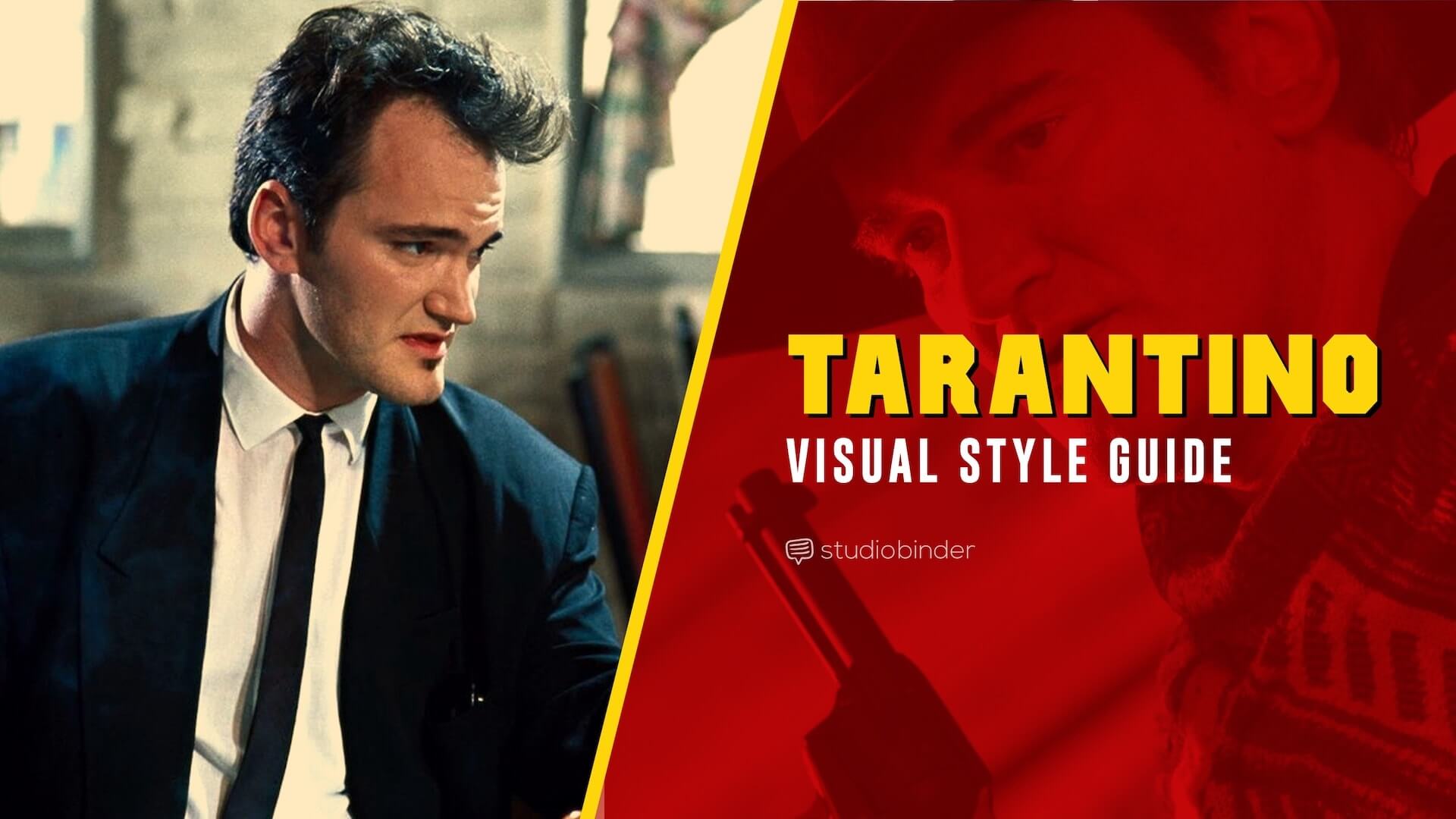Decoding Quentin Tarantino: A Deep Dive Into His Filmmaking Style

Quentin Tarantino is one of the most influential filmmakers of our time. His unique filmmaking style combines sharp dialogue, non-linear storytelling, and genre blending, creating a cinematic experience that captivates audiences. This article explores Quentin Tarantino's filmmaking style, focusing on the elements that make his films distinct and impactful.

Key Elements of Tarantino's Style
Tarantino's filmmaking style is marked by several hallmark features. One of the most striking aspects is his visual aesthetic. He often employs vibrant colors and dynamic camera angles, which enhance the storytelling. For example, in "Kill Bill," bright yellow costumes and striking cinematography create an almost comic-book feel, pulling viewers into the film's world.
Moreover, Tarantino's choice of soundtrack is equally noteworthy. He expertly integrates music to amplify emotions and set the tone. The use of retro tracks, like in "Reservoir Dogs," where "Stuck in the Middle with You" plays during a pivotal scene, showcases his ability to create a memorable auditory experience that resonates with the audience.

Dialogue and Character Development
Another defining feature of Tarantino's style is his dialogue. He crafts conversations that are both clever and memorable. For instance, the infamous "Royale with Cheese" scene in "Pulp Fiction" not only entertains but also reveals character depth. The casual banter between Vincent and Jules adds layers to their personalities, making them relatable and complex.
Tarantino's dialogue also serves to drive character development. In "Inglourious Basterds," the tension-filled conversation between Colonel Hans Landa and Shoshanna Dreyfus exemplifies how dialogue can reveal motivations and create suspense. Each interaction is meticulously crafted, showcasing his skill in character-building through conversation.
Non-linear Storytelling Techniques
Tarantino is renowned for his use of non-linear storytelling, a technique that challenges traditional narrative structures. "Pulp Fiction" is perhaps the most famous example, weaving together multiple storylines that intersect in surprising ways. This approach keeps audiences engaged and encourages them to piece together the narrative puzzle.

In "Inglourious Basterds," the non-linear timeline enhances the film's tension. By jumping back and forth in time, Tarantino builds suspense around key moments, such as the climactic scene at the cinema. This technique not only captivates viewers but also adds depth to the storytelling.
Genre Blending and Homage
Tarantino's films often blend genres, creating a unique cinematic experience. He pays homage to classic films while infusing his work with fresh perspectives. In "Django Unchained," he combines elements of spaghetti westerns and blaxploitation films, resulting in a rich tapestry of influences that pays tribute to film history.
This genre blending is evident in "Once Upon a Time in Hollywood," where Tarantino merges drama with a nostalgic look at 1960s Hollywood. The film's playful nods to various genres highlight his ability to honor cinematic traditions while crafting something entirely new.

Impact of Violence in Tarantino's Films
Tarantino's use of violence is another controversial yet significant aspect of his filmmaking style. While some critics argue that his films glorify violence, others contend that it serves a narrative purpose. In "Reservoir Dogs," the infamous ear-cutting scene is shocking but underscores the brutality of crime and betrayal.
Similarly, in "Kill Bill," the stylized violence is almost choreographed, transforming it into an art form. This approach forces viewers to confront the consequences of violence while also allowing them to appreciate the craftsmanship behind it.
Conclusion
Quentin Tarantino's filmmaking style is a masterclass in storytelling, characterized by his distinctive techniques, including non-linear narratives, sharp dialogue, and genre blending. His ability to engage audiences and spark discussions about violence and character development has significantly influenced modern cinema. For aspiring filmmakers and film enthusiasts alike, understanding Tarantino's style offers valuable insights into the art of filmmaking. Dive deeper into the world of film analysis and discover more about the techniques used by legendary directors like Tarantino.